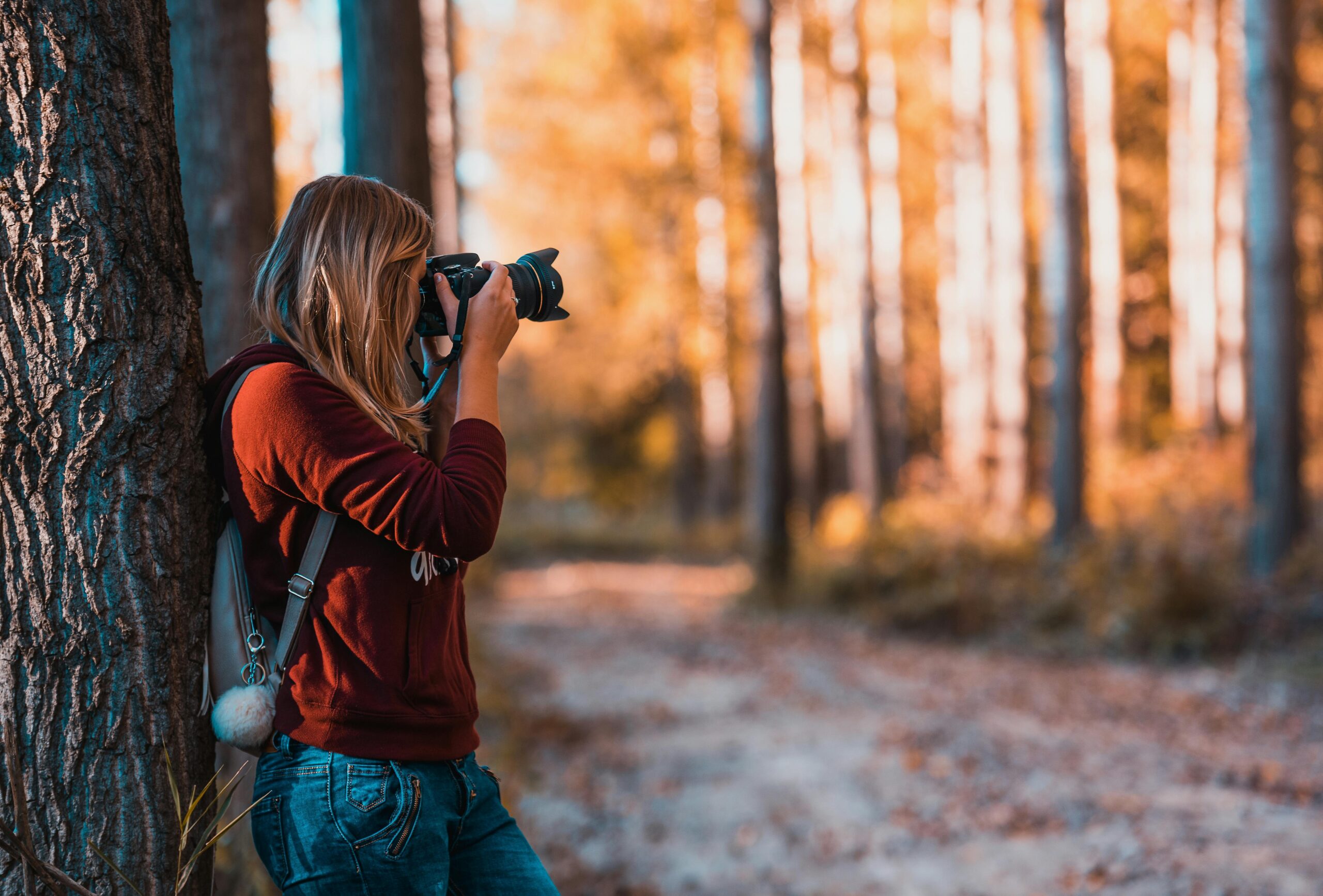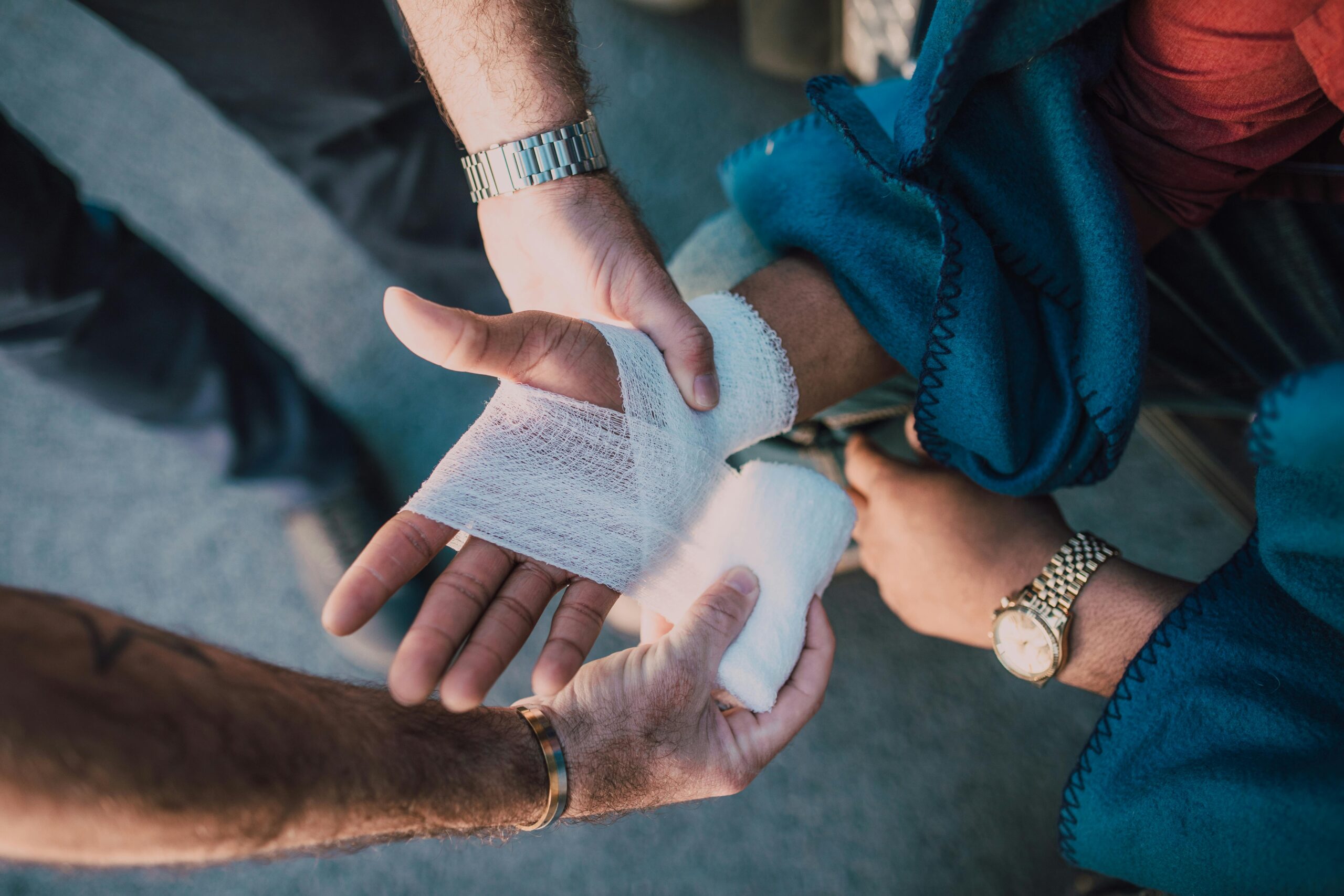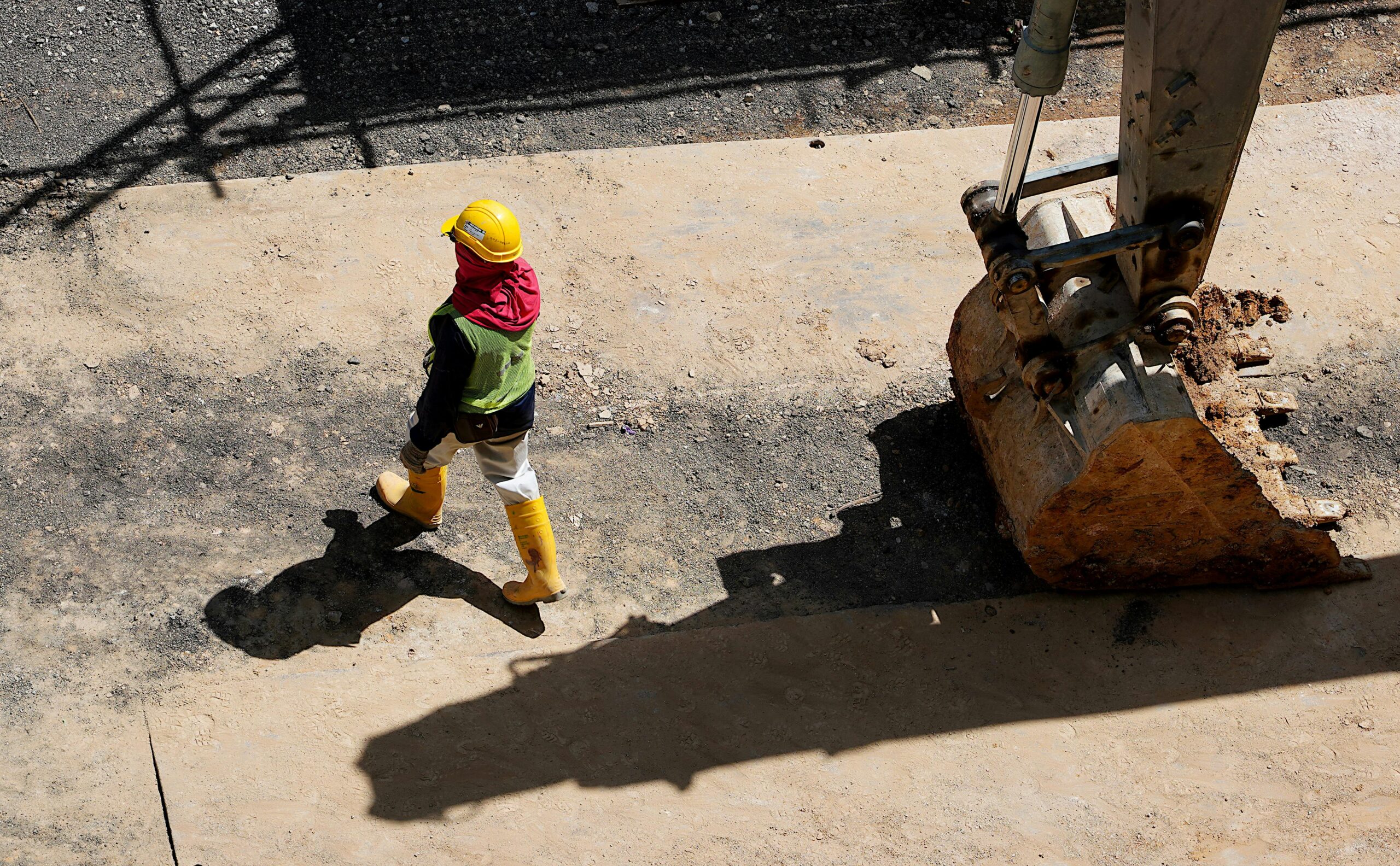Australia is a dream destination for photographers—not just for travel enthusiasts, but also for professionals seeking lucrative career opportunities abroad. With its diverse landscapes, cosmopolitan cities, rich cultural events, and booming real estate and media industries, Australia continues to create demand for skilled visual storytellers. More importantly, many Australian employers are now offering photographer jobs in Australia with visa sponsorship, opening the door to global creatives who want to build a sustainable career Down Under.
For photographers seeking international experience, relocating to Australia is a viable and rewarding option—especially under visas like the Temporary Skill Shortage (Subclass 482) and Skilled Employer Sponsored Regional (Subclass 494). This guide covers everything you need to know, including how to find sponsored photography jobs, Australian photographer salaries, cost of living, and the best visas for photography professionals.
The Australian Photography Market: An Overview of Opportunities
Australia has a highly developed photography industry, supporting both commercial and artistic endeavors. From advertising campaigns and real estate listings to wedding shoots and wildlife documentaries, there’s a broad scope of work across major cities and regional areas.
Key Sectors in Demand
- Wedding Photography
Australia’s wedding industry is worth over $4 billion annually, with couples spending thousands on professional photographers. - Commercial and Advertising Photography
Brands, fashion houses, and marketing agencies continuously seek high-quality visual content—often hiring freelance and full-time staff. - Real Estate Photography
The booming real estate market in cities like Sydney and Melbourne has increased demand for photographers with architectural and drone photography experience. - Wildlife and Landscape Photography
With its iconic outback, Great Barrier Reef, and national parks, Australia is a prime location for nature photography—especially for media and travel publications. - Editorial and Fashion Photography
Media houses and lifestyle brands in urban centers offer gigs for stylized shoots and editorial spreads.
Freelancing vs Employment
Many foreign photographers in Australia begin their journey as freelancers. However, freelance photographer jobs in Australia with visa sponsorship are harder to come by unless you’re hired through a company or agency with labor sponsorship rights.
Visa Pathways for Photographers in Australia
1. Temporary Skill Shortage Visa (Subclass 482)
This is the most common visa for skilled migrants. A registered Australian business can sponsor a photographer under the TSS 482 visa, provided the occupation is listed in the Short-Term Skilled Occupation List (STSOL) or Medium and Long-Term Strategic Skills List (MLTSSL).
- Key Features:
- Sponsored by employer
- Valid for up to 4 years
- Can lead to permanent residency
- Requires skills assessment (in some cases)
2. Skilled Employer Sponsored Regional Visa (Subclass 494)
This regional visa allows skilled workers to live and work in designated regional areas.
- Benefits:
- Work for up to 5 years
- Pathway to permanent residency
- Requires employer nomination
- Best suited for photographers in real estate, tourism, or events based in Brisbane, Adelaide, Perth, or Hobart.
3. Employer Nomination Scheme Visa (Subclass 186)
For those aiming for direct permanent residency, the ENS 186 allows photographers with substantial experience to be nominated by an employer.
- Requires at least 3 years of relevant experience
- Employer must be an approved sponsor
- Higher salary benchmarks required
4. Skilled Independent Visa (Subclass 189) & Skilled Nominated Visa (190)
Although these are not employer-sponsored, if photography is included in the state or regional occupation lists, applicants with strong portfolios and relevant points (English proficiency, education, experience) can apply.
Finding Sponsored Photography Jobs in Australia
Best Platforms to Find Sponsored Work
- Seek.com.au
Use filters like “482 visa sponsorship” or “photography jobs with sponsorship” to find relevant listings. - Indeed Australia
Offers listings tagged with sponsorship mentions, especially in creative industries. - CareerOne, Adzuna, Jora
Occasionally list jobs for real estate or fashion photographers with sponsorship options. - LinkedIn
Great for direct networking with hiring managers and digital marketing agencies. - Creative Agencies
Australian creative and marketing agencies sometimes sponsor visual creatives—especially if they have specialized skills in drone, underwater, or wildlife photography.
Strategic Tips
- Create an SEO-optimized portfolio website showcasing your niche: wedding, commercial, wildlife, etc.
- Use platforms like Behance, 500px, and Instagram with location tags like “#photographerSydney” or “#MelbourneWeddingPhotographer”.
- Build connections with immigration agents and HR departments of creative companies to explore sponsorship options.
Photographer Salaries and Cost of Living in Australia
Photographer Salaries by Niche (Annual Averages)
| Niche | Average Salary (AUD) |
|---|---|
| Wedding Photographer | $60,000 – $85,000 |
| Commercial Photographer | $70,000 – $95,000 |
| Real Estate Photographer | $55,000 – $80,000 |
| Fashion/Editorial Photographer | $65,000 – $90,000 |
| Wildlife Photographer | $50,000 – $75,000 |
Cost of Living by City
- Sydney: High rents (~$600/week for 1-bedroom), great for commercial photographers.
- Melbourne: Slightly cheaper, vibrant for editorial and event photography.
- Brisbane & Adelaide: Lower cost of living, more regional visa opportunities.
- Perth: Excellent for real estate and landscape photography; mid-tier costs.
Tip: Use salary calculators like PayScale or Glassdoor to estimate your net income post-tax, especially under visa conditions.
Skills, Portfolio Optimization, and Visa Readiness
To land photographer jobs in Australia with visa sponsorship, you’ll need more than a camera—you’ll need a globally competitive portfolio and visa-aligned documentation.
Must-Have Skills
- Technical: Mastery of DSLR, drone, and editing tools (Photoshop, Lightroom, Final Cut)
- Communication: Client interaction, contract handling, brand communication
- Business: Invoicing, tax management, client pitching
Portfolio Tips
- Highlight location-specific projects: nature in outback settings, multicultural weddings, fashion events in urban zones.
- Build a PDF portfolio and an online version optimized for SEO.
- Include testimonials, results (e.g., brand exposure, lead generation), and niche specialties.
Visa-Aligned Preparation
- Prepare certified documentation of your work history
- Gather references from previous clients/employers
- Include proof of educational qualifications (especially in visual arts, media, or digital production)
Employer Sponsorship: How It Works for Photographers
To be eligible for sponsorship, your potential employer must:
- Be registered as a Standard Business Sponsor (SBS).
- Prove that the role cannot be filled by a local.
- Advertise the job locally first (Labour Market Testing).
- Submit a nomination application on your behalf.
- Commit to paying the market salary rate.
Tips to Attract Employers Willing to Sponsor:
- Offer a specialized skill set (e.g., underwater photography for Great Barrier Reef tourism companies)
- Demonstrate long-term commitment to the employer’s brand
- Be flexible with location (rural or regional areas are often in more need)
- Customize applications to reflect Australian business values: punctuality, clarity, legal understanding
Challenges Faced by Sponsored Photographers in Australia — and How to Overcome Them
Relocating for work is a dream—but it also comes with hurdles. Photographers who’ve secured sponsorships in Australia report a mix of rewarding experiences and initial challenges, especially during the adjustment phase. Here’s what to expect and how to navigate it.
1. Understanding Visa Conditions
Every visa type (TSS 482, ENS 186, 494, etc.) comes with its own set of conditions. For instance:
- Subclass 482 requires you to stay employed with the sponsoring company.
- Subclass 494 restricts work location to regional areas.
- Breaching conditions can lead to visa cancellation or refusal for future applications.
Solution: Consult a registered migration agent to fully understand your visa restrictions. Stay up-to-date with employer expectations and immigration law changes.
2. Cultural Differences & Client Expectations
Australian clients value punctuality, clarity, and communication. Many newly arrived photographers find the business culture more relaxed in appearance—but extremely professional in delivery.
Common Misunderstandings:
- Over-promising without delivering on time
- Not being transparent in pricing and rights (e.g., usage rights of images)
- Misjudging tone or informality in professional settings
Solution: Learn local business etiquette and always use legally valid contracts outlining deliverables, deadlines, and client rights. Use contract templates provided by organizations like the Australian Institute of Professional Photography (AIPP).
3. Licensing and Business Compliance
If you work as a freelance photographer (even under sponsorship), you may still need to:
- Register for an Australian Business Number (ABN)
- File Business Activity Statements (BAS) for taxes
- Ensure public liability insurance is in place for commercial shoots
Solution: Hire a local tax consultant familiar with creative industries. This ensures you’re maximizing deductions for gear and travel, while remaining compliant.
4. Competition and Pricing
Australia has a thriving local photography scene, with many photographers operating part-time. Newcomers often find the competition intense, especially in major cities.
Issues Faced:
- Difficulty securing early bookings
- Pressure to reduce pricing
- Underestimating project scope and time
Solution:
- Start with competitive pricing, then gradually increase as your portfolio builds.
- Join local Facebook groups like Photographers in Sydney, Brisbane Creatives, etc.
- Collaborate with wedding planners, real estate agents, or tour operators to build leads.
5. Adapting to Technology and Trends
Australia is known for embracing the latest in photography tech. Clients often expect:
- Drone footage for events and real estate
- 360-degree video for tourism and VR experiences
- Instant digital delivery of edited content
Solution: Invest in versatile gear that meets Australian standards. Consider getting certified with CASA if offering drone services. Stay updated via local workshops or seminars.
Real Experiences from Sponsored Photographers in Australia
Case Study 1: Wedding Photographer in Melbourne
“I applied for over 40 jobs before a boutique wedding studio sponsored me. They loved my pre-wedding portfolio from Bali and wanted to offer packages to the growing Asian-Australian community. My 482 visa was approved in 4 weeks, and I’ve been working here since 2022.”
— Rina, Indonesia
Tip: Niche down to a specific audience and show cultural fluency. It helps when targeting immigrant communities.
Case Study 2: Real Estate Photographer in Perth
“I had commercial photography experience but never thought real estate would be my ticket. A Perth-based property management firm needed consistent imagery for luxury rentals. I added drone skills to my resume and got sponsored under the regional visa.”
— Carlos, Spain
Tip: Don’t overlook niche sectors. Regional employers often face skill shortages and are more willing to sponsor.
Conclusion: A Snapshot of Your Future in Australia
If you’re a skilled photographer seeking international opportunities, Australia offers an exciting and realistic pathway—especially with visa sponsorship programs like the 482 and 494. Whether you’re into high-end weddings, fashion shoots, drone-based real estate imaging, or even wildlife documentation, Australia’s demand for professional visual creators is strong and growing.
To recap:
✅ Photographer jobs in Australia with visa sponsorship are available if you have the right skills, a strong portfolio, and target the right sectors.
✅ The Temporary Skill Shortage (TSS 482) and Employer Sponsored Regional (494) visas are your best bets.
✅ Freelancers and specialists in real estate, weddings, and tourism have the highest chance of getting sponsored.
✅ Leverage SEO-optimized portfolios, clear contracts, and local compliance tools to thrive.
Final Tips and Next Steps
- Start building a portfolio tailored for the Australian market
- Learn about your visa options using the Australian Government’s official site
- Network with photographers already in Australia through online forums and local meetups
- Apply through platforms like Seek, Jora, and LinkedIn



